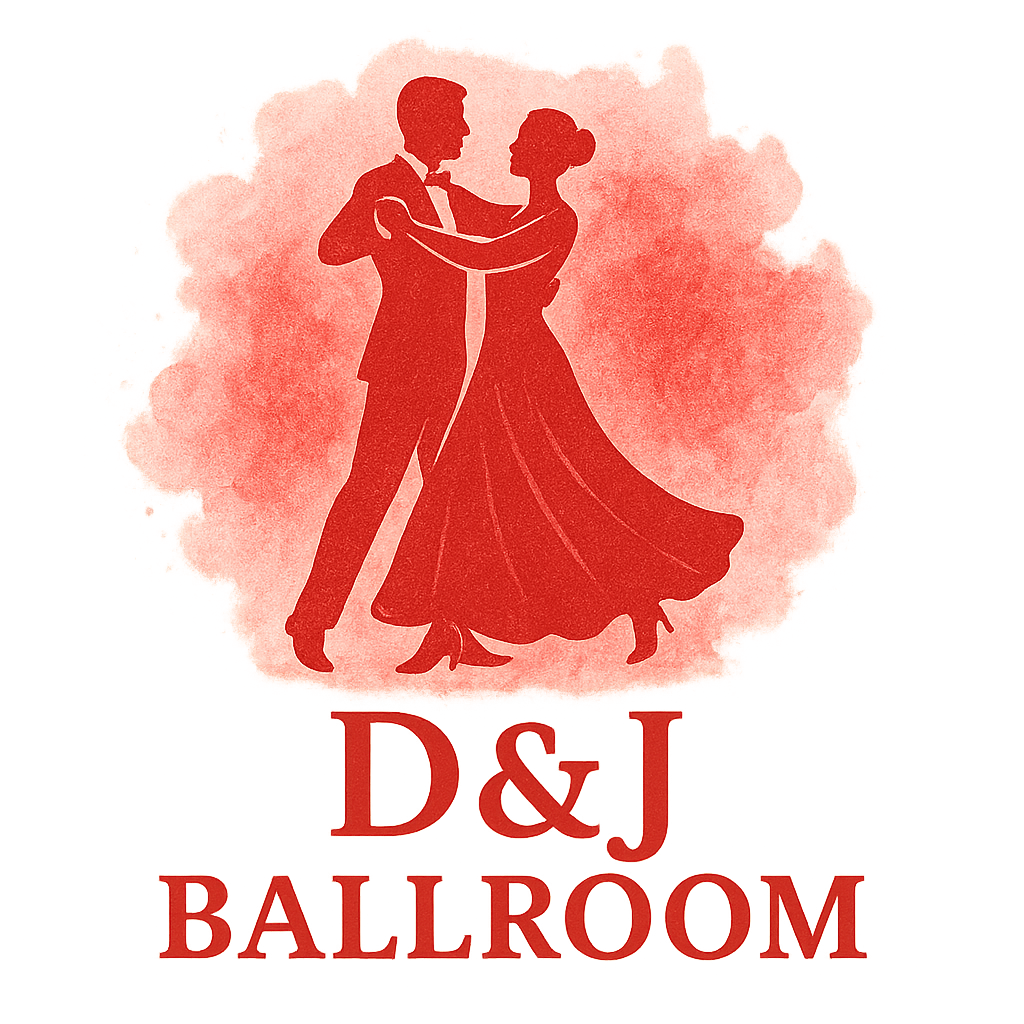Ballroom dancing is more than just elegant moves and glittery gowns. It’s a rich blend of tradition, discipline, and expression. Whether you’re heading to a casual social dance or a formal ballroom competition, it’s easy to misstep—literally and figuratively—if you’re unprepared.
Let’s break down the six most common mistakes people make at ballroom events and how you can confidently avoid them.
Understanding the Ballroom Culture
Why Etiquette and Knowledge Matter
Ballroom events are steeped in history and custom. From graceful entrances to respectful exits, there’s a rhythm to how things are done—off the dance floor as much as on it. Understanding this culture isn’t optional—it’s essential for making a good impression and enjoying the event fully.
Curious about how ballroom culture evolved? You’ll love the deep dive into its traditions at Ballroom History & Culture.
Mistake #1: Wearing the Wrong Attire
Dress Code Expectations
You wouldn’t wear sneakers to a black-tie gala, right? Ballroom events often have specific dress codes, and failing to meet them can make you stick out—and not in a good way.
For women, this might mean flowing gowns or elegant cocktail dresses. For men, suits or tuxedos may be expected. Social dances might be more casual, but it’s still important to look polished.
Importance of Footwear
Your shoes matter just as much as your outfit. Wearing improper footwear—like rubber soles or high platforms—can hinder your dancing and pose a safety risk. Choose well-fitted ballroom shoes with suede soles for smooth glides and secure steps.
Need help finding the right look? Explore Ballroom Attire & Fashion for outfit ideas that shine.
Mistake #2: Ignoring Dance Floor Etiquette
Right of Way and Line of Dance
Ballroom dance floors aren’t a free-for-all. There’s a flow called the “Line of Dance,” and it’s crucial to follow it—think of it like traffic rules for dancers. Usually, couples move counterclockwise around the floor.
Respecting Other Dancers’ Space
Don’t hog space or suddenly change direction. Be aware of your surroundings and always keep your movements smooth and controlled. Accidental collisions? They happen—but being respectful and apologizing can go a long way.
Brush up on these unspoken rules over at Ballroom History & Culture.
Mistake #3: Lack of Basic Training
Why Foundational Skills Are Key
Let’s be real: no one expects perfection. But if you can’t keep a basic rhythm or navigate a basic box step, you may disrupt your partner or others on the floor.
Learning Before Attending
Take a few classes before your first event. You’ll feel more confident, look more competent, and enjoy yourself far more.
For practical learning tips and techniques, visit Ballroom Techniques & Training.

Mistake #4: Choosing Inappropriate Dance Styles
Matching Music with Dance Style
Waltzing to a cha-cha beat? That’s a hard pass. Always listen to the music and pick a dance style that fits. If in doubt, sit it out and observe.
Situational Awareness
Some songs are clearly geared toward a Foxtrot, while others scream Tango. Pay attention to the environment and adjust accordingly. Don’t be the person busting a jive during a rumba.
Want to study up on the different types? Check out Ballroom Dance Styles to learn more.
Mistake #5: Overconfidence or Hesitation
The Balance of Grace and Humility
Confidence is attractive—cockiness is not. Whether you’re a seasoned dancer or a nervous first-timer, balance is key. Overconfidence can lead to poor form or unintentional showboating.
Reading the Room
Watch how others behave. Is it a relaxed social event or a strict competitive setting? Mirror the mood, and adjust your energy and behavior accordingly.
Explore upcoming settings at Ballroom Events & Competitions.
Mistake #6: Not Understanding Event Structure
What to Expect at Competitions and Socials
Are you attending a showcase, a formal competition, or a themed social night? Each has its own pace, schedule, and set of rules.
Formal competitions often include warm-ups, heats, and judging sessions, while social events are more relaxed and open-ended.
Scheduling and Participation
Don’t show up late or miss your slot. Read the event schedule carefully, ask questions, and respect the organizers’ time.
Stay in the loop through the Events Tag where you’ll find listings, formats, and helpful tips.
Conclusion: Ballroom Success is All About Awareness
In the elegant world of ballroom dancing, success comes from more than just smooth steps and shiny shoes. It’s about respect—for the dance, your partner, and the community. Avoiding these six common mistakes will not only boost your confidence but also earn you a solid reputation on and off the dance floor.
So next time you’re prepping for an event, keep these lessons in your back pocket. Dress smart, move with intention, and most importantly—have fun!
For even more ballroom insights and advice, don’t forget to visit:
- https://dandjballroom.com
- https://dandjballroom.com/tag/training/
- https://dandjballroom.com/tag/fashion/
- https://dandjballroom.com/tag/dance-styles/
FAQs
1. What should I wear to a ballroom dance event?
Wear formal or semi-formal attire depending on the event. Stick with well-fitted ballroom shoes for safety and mobility. More on this at Ballroom Attire & Fashion.
2. How can I learn basic ballroom steps before my first event?
Enroll in local classes or use online resources like Ballroom Techniques & Training.
3. Can I bring a friend to a ballroom event if they don’t dance?
Yes, many events welcome spectators or newcomers who are just getting started.
4. What music is usually played at ballroom events?
Expect a variety—from Waltz and Tango to Cha-Cha and Rumba. Learn to match the beat with your dance style.
5. How do I know when it’s my turn to dance at a competition?
Check the event schedule and listen to announcements. Be sure you’re familiar with the flow by reviewing the Events & Competitions page.
6. Is it okay to switch partners during an event?
Absolutely. Social dancing encourages rotation, just do so respectfully.
7. What’s the best way to avoid beginner mistakes?
Preparation! Study the event, know the etiquette, and brush up on your skills using the Training Tag.


